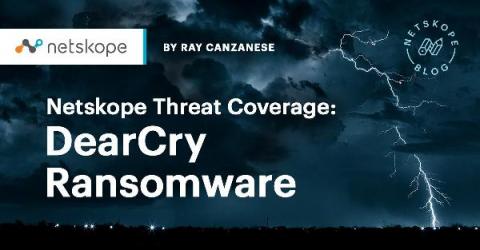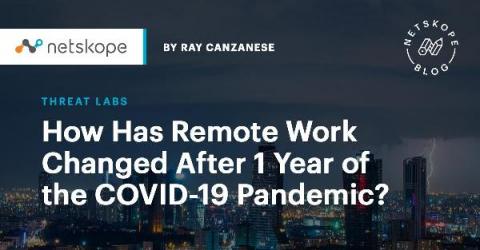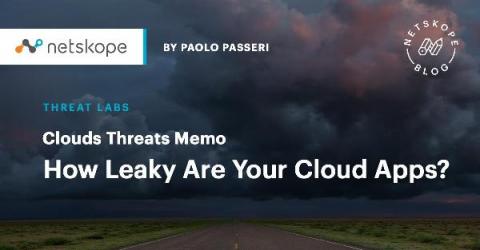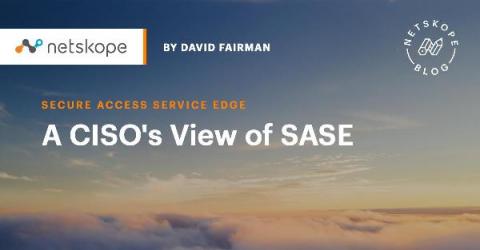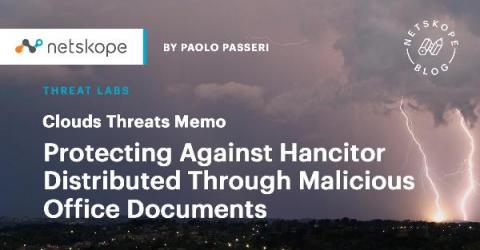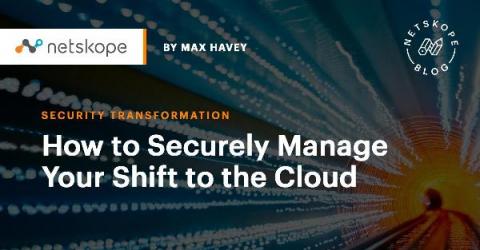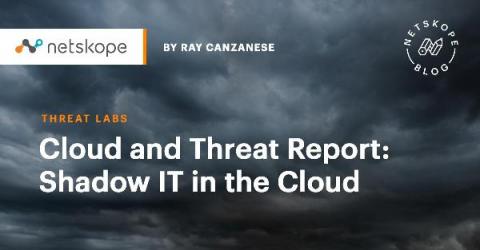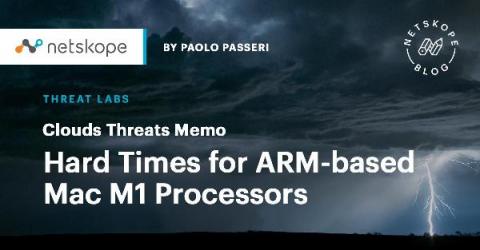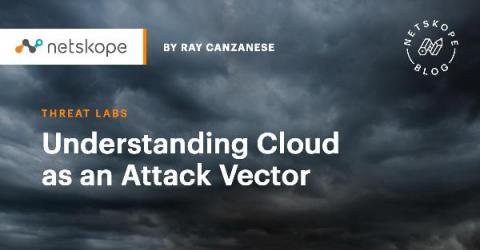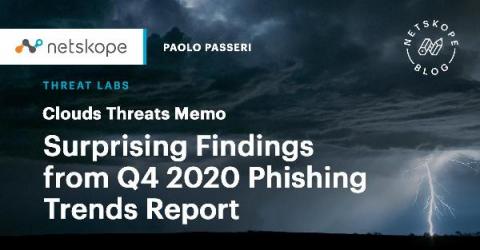Netskope Threat Coverage: DearCry Ransomware
On March 2, Microsoft released patches for four zero-day vulnerabilities affecting Exchange Server 2013, 2016, and 2019 (CVE-2021-26855, CVE-2021-26857, CVE-2021-26858, and CVE-2021-27065). In the following weeks, attackers have been aggressively targeting vulnerable servers to install web shells that provide persistent remote access to infected servers. On March 9, attackers began installing a new ransomware variant known as DearCry or DoejoCrypt on infected servers.


